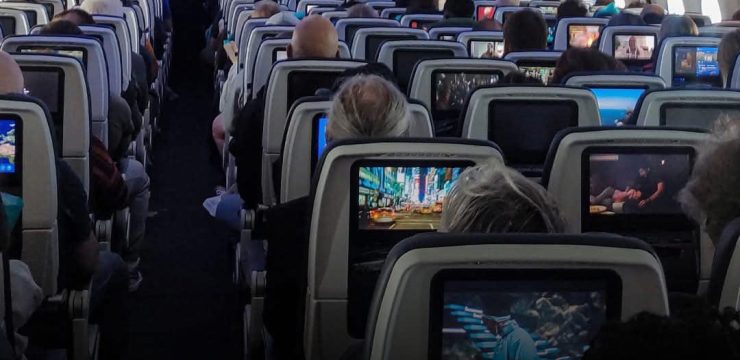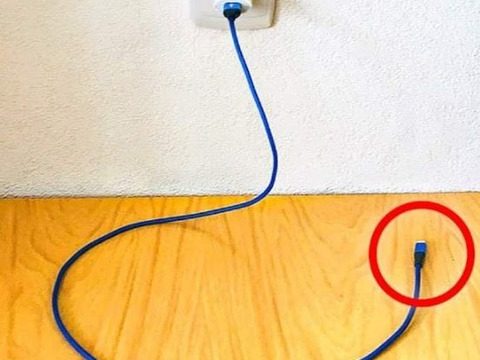In some regions, touching the tail lights has become more than just a safety measure—it’s developed into a cultural tradition within certain police departments. Over time, this gesture has come to signify the beginning of an official interaction between an officer and a driver.

Some officers view this as a respectful way to acknowledge that a formal process is about to begin. Although it’s not universal, these traditions highlight the human side of policing, adding a touch of respect to what can often be a tense situation.
A Nod to Tradition in Modern Policing
While technology, such as body cameras, has made documenting traffic stops easier, the practice of touching the tail lights persists. It’s a nod to the older days of policing when officers relied on small gestures to ensure accountability. The tradition has been passed down through generations of officers, keeping it alive even in an era of advanced technology.
The Unseen Layers of Policing Practices
Understanding why officers touch the tail lights provides insight into the layers of safety, accountability, and tradition embedded in law enforcement. These small actions, often unnoticed by the public, play a vital role in making each traffic stop as controlled and safe as possible.
A Gesture with Purpose
Touching the car’s tail lights may seem like a small, inconsequential action, but it serves several important purposes. It documents the stop with fingerprints, enhances officer safety, deters illegal activity, and maintains consistency during potentially volatile situations. Moreover, it reinforces the officer’s authority and reflects long-standing traditions within certain police departments.
The next time you find yourself in a traffic stop, you’ll understand that this small gesture is far from random. It’s a meaningful part of the process, helping to ensure that the interaction is as safe and controlled as possible.





